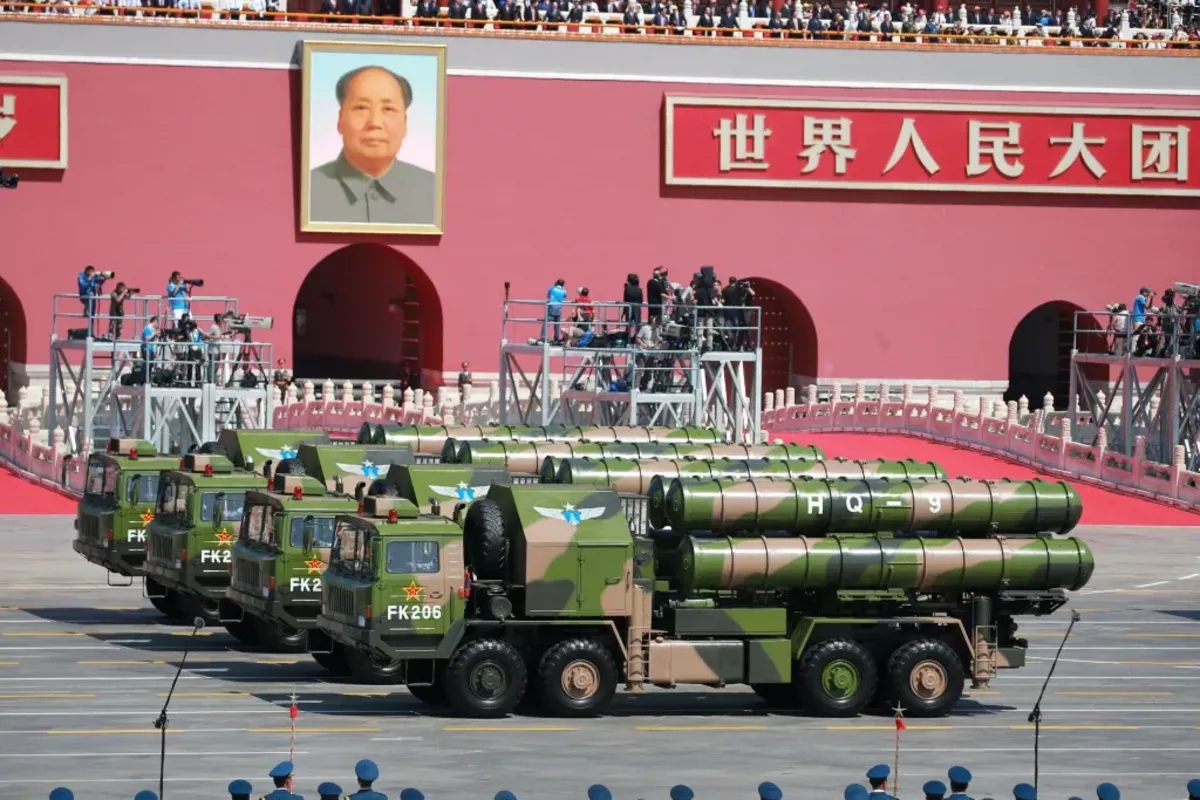
photo: The Washington Post
Iran has taken delivery of Chinese-made surface-to-air missile (SAM) systems as part of its accelerated campaign to rebuild air defenses damaged during the recent 12-day conflict with Israel.
An Arab official familiar with intelligence reports said that the deliveries followed a de-facto ceasefire agreed upon by Tehran and Tel Aviv on June 24, The Caspian Post reports via foreign media.
A second Arab official, speaking on condition of anonymity due to the sensitive nature of the information, said Washington’s Arab allies are aware that Iran is “backing up and reinforcing” its air defense infrastructure.
While the exact quantity of missile systems delivered remains unknown, one official revealed that Tehran is paying for the Chinese hardware through oil shipments. This arrangement underscores Beijing’s continued role as Iran’s largest oil importer, with nearly 90 per cent of Iran’s crude and condensate exports going to China, according to a May 2025 report from the US Energy Information Administration.
For years, China has bypassed US sanctions by rerouting Iranian oil shipments through intermediary hubs like Malaysia to disguise their origin. “The Iranians engage in creative ways of trading,” the second official remarked.
The new arms transfer is seen as part of deepening military cooperation between China and Iran, a relationship expected to draw scrutiny when Israeli Prime Minister Benjamin Netanyahu meets with US President Donald Trump to discuss Iran’s nuclear program and regional activities.
This growing Tehran-Beijing axis comes at a time when Western observers had noted China and Russia’s restrained posture during Israel’s aggressive air campaign, which saw Tel Aviv assert air superiority, destroy missile launch sites, and target high-level Iranian officials, including generals and nuclear scientists.
Despite these blows, Iran continued retaliating by launching ballistic missile strikes on Israeli cities including Tel Aviv and Haifa, inflicting damage on sensitive military and infrastructure sites before the truce came into effect.
Iran has a history of sourcing missile technology from China. In the 1980s, during the Iran-Iraq war, it acquired HY-2 Silkworm cruise missiles via North Korea, later used to strike Kuwait and a US-flagged oil tanker during the tanker wars. Reports also indicate that HQ-9 anti-aircraft systems were delivered to Iran in 2010.
Today, Iran’s air defense arsenal includes Russia’s S-300 system, capable of intercepting aircraft, drones, and some ballistic threats, alongside a mix of older Chinese systems and indigenous technologies like the Khordad and Bavar-373 series. However, these systems reportedly struggle to counter fifth-generation stealth aircraft like the US-made F-35, operated by the Israeli Air Force.
China, meanwhile, continues to export its HQ-series missile systems to allies, including Pakistan (HQ-9 and HQ-16) and, reportedly, Egypt, which is also believed to possess the HQ-9.
Share on social media